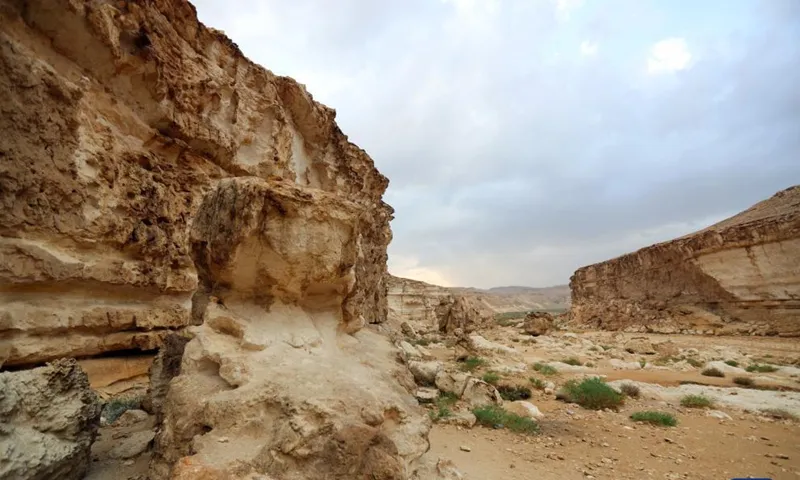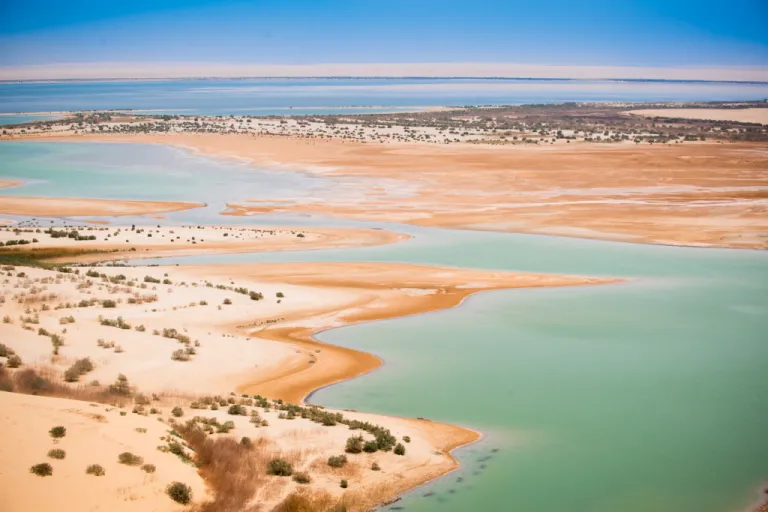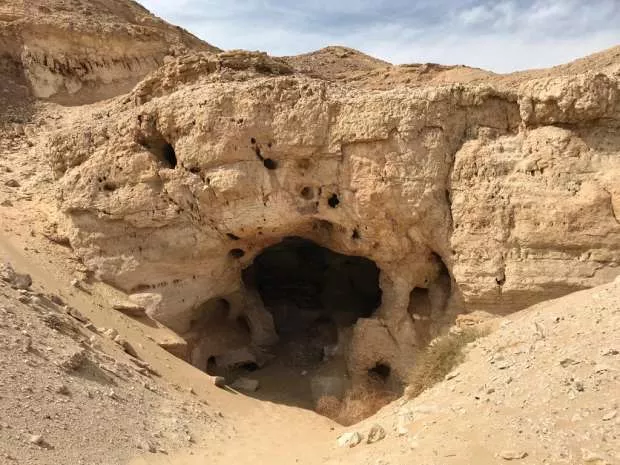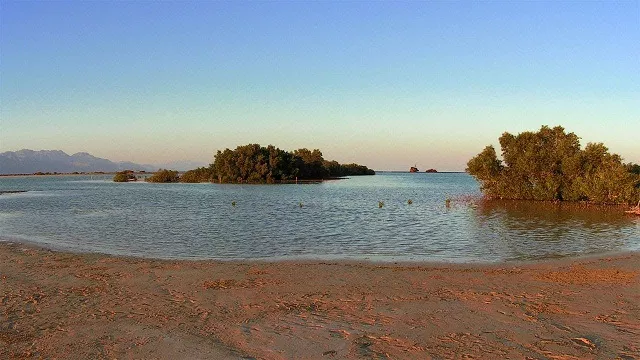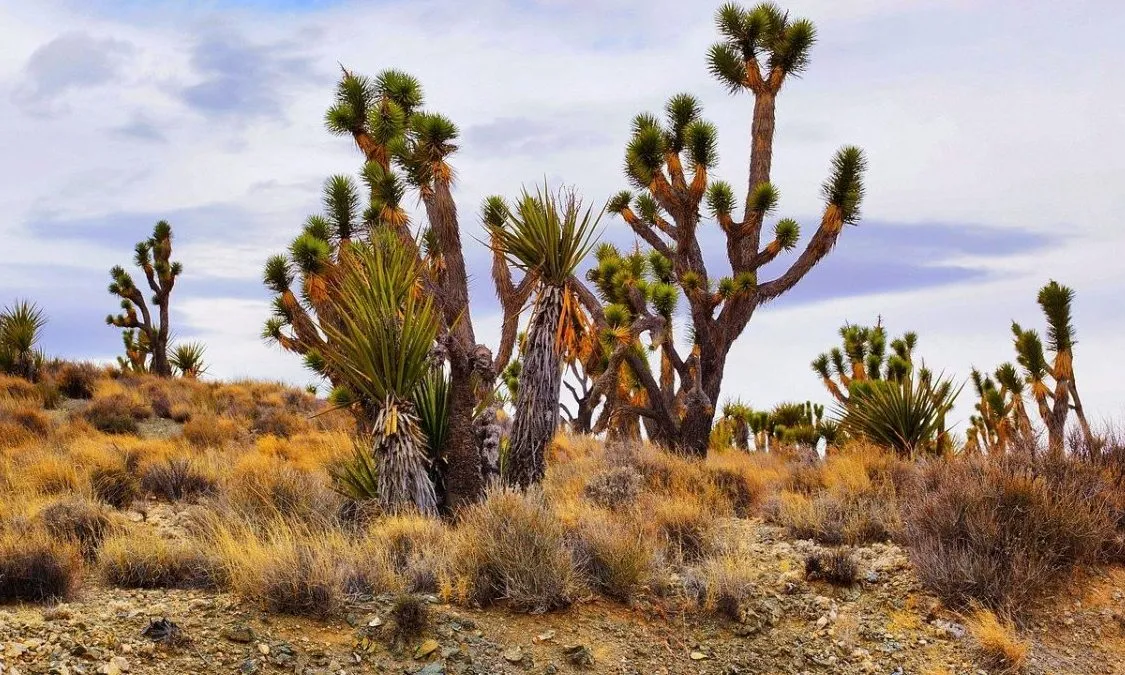Hidden Natural Protectorates in Egypt That Feel Like Time Travel
cairo history Egypt History Natural Nature Nature retreat Protectorates sights and travel Wadi Al-Ryan Wadi Degla Nature Reserve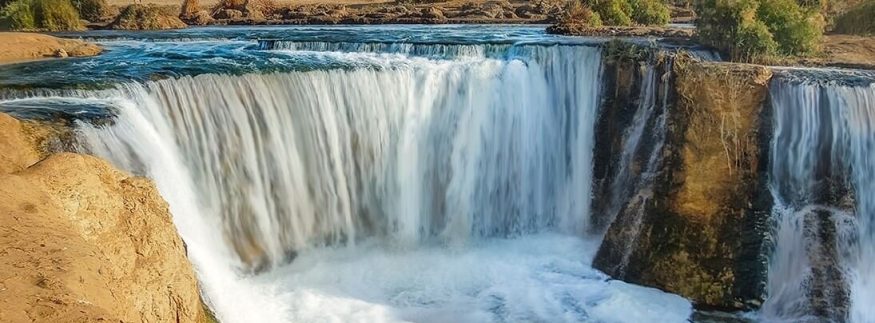
Safy Allam
Image via website
Beyond the Great Pyramids and bustling souqs, Egypt conceals wild realms untouched by time. These seven hidden protectorates, scattered across deserts, valleys, and coastlines, are more than nature reserves; they are ancient whispers frozen in stone, water, and wind. Step into their stories, and let each one take you somewhere older than memory.
1- Qubbat El-Hassana
Image via website
Tucked away near the Cairo-Alexandria Desert Road lies a small hill that many pass without a second glance. But Qubbat El-Hassana is no ordinary rise in the landscape. This lonely dome in the desert guards secrets from a forgotten sea that once covered the land nearly one hundred million years ago. The ground is littered with marine fossils — ammonites, shells, corals — each a silent witness to a time when waves lapped where now the sun scorches stone. Established as a protectorate in 1989, Qubbat El-Hassana invites visitors not with glamour but with the promise of time travel, offering a hands-on glimpse into Earth’s deep history right in the heart of Giza.
2- Wadi El-Rayan
Image via website
In the Fayoum depression, where the sand carves ancient dunes and the wind hums through emptiness, water flows unexpectedly. Wadi El-Rayan is a place of contradiction, a vast desert hiding twin lakes and Egypt’s only natural waterfalls. But just beyond its rippling waters lies a realm stranger still: Wadi Al-Hitan, the Valley of the Whales, where the remains of colossal prehistoric sea creatures lie sprawled across the sand. These fossils, some dating back over forty million years, belonged to whales with legs, caught forever in the evolutionary act of leaving land for the sea. Together, Wadi El-Rayan and its fossil-strewn neighbour form a surreal landscape where desert and ocean meet in time, not space.
3- Wadi Degla
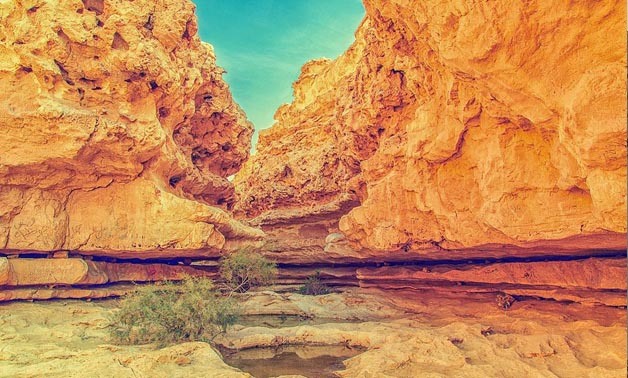
Image via website
Only minutes from the concrete rhythm of Maadi’s neighbourhood cafés, a silent world yawns open — a limestone canyon called Wadi Degla. Once carved by ancient floodwaters, this protectorate stretches like a fossilised scar across the land, its towering cliffs sheltering foxes, owls, and eagles in quiet dignity. Designated a protectorate in 1999, Wadi Degla has become a rare haven where Cairo’s chaos evaporates. By day, it’s a playground for hikers, bikers, and birdwatchers. By night, the stars reclaim the sky, and the silence deepens into something sacred. It’s hard to believe that such wild peace exists just outside the city’s roar, but that’s the magic of Wadi Degla.
4- Gebel Elba
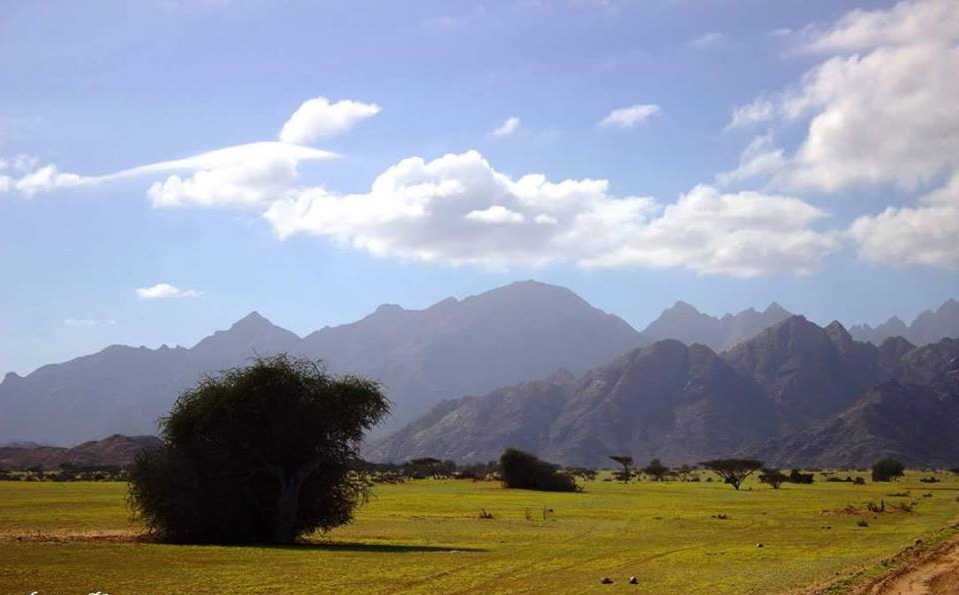
Image via website
Far to the southeast, beyond the reach of most travellers, Egypt holds a secret mountain cloaked in mist. Gebel Elba, rising near the border with Sudan, is a place where fog creeps down stone slopes and dew nourishes wild fig trees. Here, in Egypt’s only cloud forest, life blooms unexpectedly. Butterflies flicker through acacia groves, ibex tiptoe along narrow ridges, and the calls of rare birds echo in the moist air. This is Egypt’s greenest corner, known only to a few and protected fiercely. Political sensitivities have kept it off tourist maps, but conservationists dream of the day when Gebel Elba will be open for discovery, a hidden Eden where Africa meets Arabia and the desert bows to the sky.
5- Wadi Assiut
Image via website
In the arid heart of Upper Egypt, between sunburnt cliffs and shifting sand, lies a quiet valley where animals once thought lost to Egypt are finding their way home. Wadi Assiut is not just a protectorate — it’s a refuge and a promise. Established in 1989, it was designed to give endangered species a second chance, particularly mountain gazelles and desert foxes. Scientists and rangers work in silence here, tracking footprints, planting native vegetation, and carefully rebuilding the delicate balance of life. Visitors may not see roaring crowds of animals, but what they will find is a powerful stillness, the quiet hope of a desert reborn.
6- Nabq
Image via website
Where the Sinai mountains tumble into the Red Sea, the Nabq Protectorate stretches like a dream between two worlds. Here, crystalline coral reefs bloom beneath turquoise waves, while wind-carved dunes roll inland toward jagged cliffs. But what surprises most travellers are the mangroves — strange trees rooted in salt water, creating a sanctuary for fish, birds, and even crabs. These are some of the northernmost mangroves on Earth, and they thrive where logic says they shouldn’t. Bedouin communities call this land home, living with the sea and sand in harmony. At sunrise, when golden light spills across reef and desert, Nabq feels like the edge of the world — beautiful, strange, and entirely alive.
7- Omayed
Image via website
West of Alexandria, along the lonely road to El-Alamein, lies a realm where sand meets memory. Omayed Biosphere Reserve is a place of salt flats, wild grasses, and ancient ruins half-swallowed by the earth. Once a Roman trading post, this stretch of Egypt’s Mediterranean coast now hosts over three hundred plant species and serves as a resting ground for migratory birds. It is quieter than its bustling neighbours, but it hums with the subtle richness of life and time. Limestone outcrops reveal fossilised sea life, while shepherds move their flocks across plains that once echoed with Roman footsteps. Omayed is not dramatic, but it is enduring — a coastal poem written in sand, sea, and silence.
These protectorates are not icons on postcards, nor stops on the average tour. They are hidden wonders, each with its own ancient story, still unfolding. Whether you find yourself standing beside a fossilised whale, tracing the shadow of a gazelle in the sand, or simply breathing in the stillness of a mangrove forest, know this: Egypt’s wild heart beats not only in its pharaohs and pyramids, but in its valleys, dunes, and mountains — waiting for you to listen.
recommended
 Beverages
Beverages
Sip Happens: Cairo's Coolest Summer Menus for 2025
Cool Beverages dara's +6 City Life
City Life
Wedding Guest Dress Code: How to Style for Sahel vs. City Ceremonies
City Weddings Sahel Weddings +1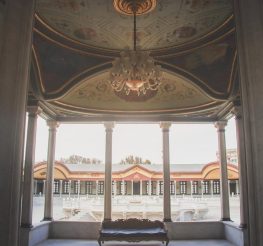 Arts & Culture
Arts & Culture
A Palace Fit for a Love Story: Why Everyone’s Talking About the Muhammad Ali Palace
architecture cairo history +3 Cafés
Cafés


